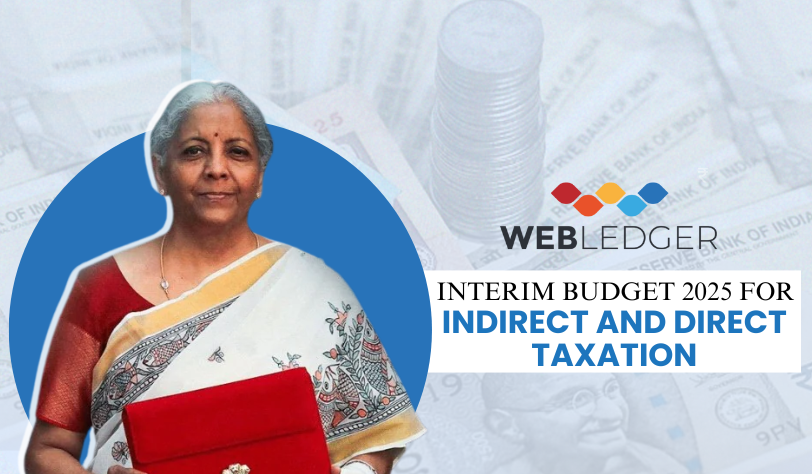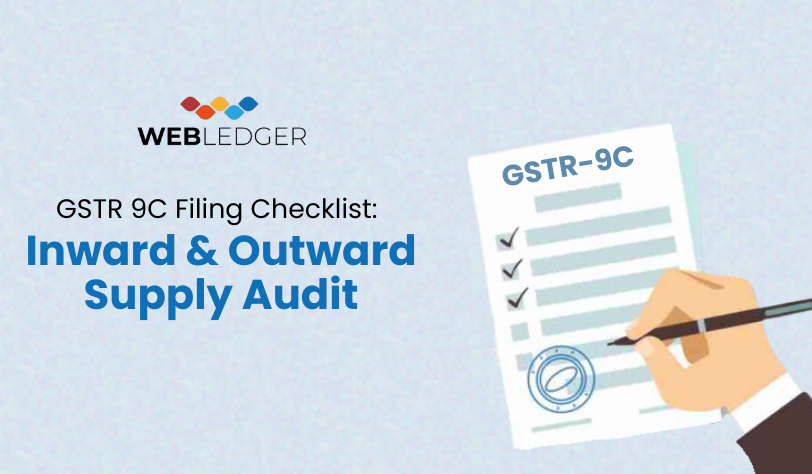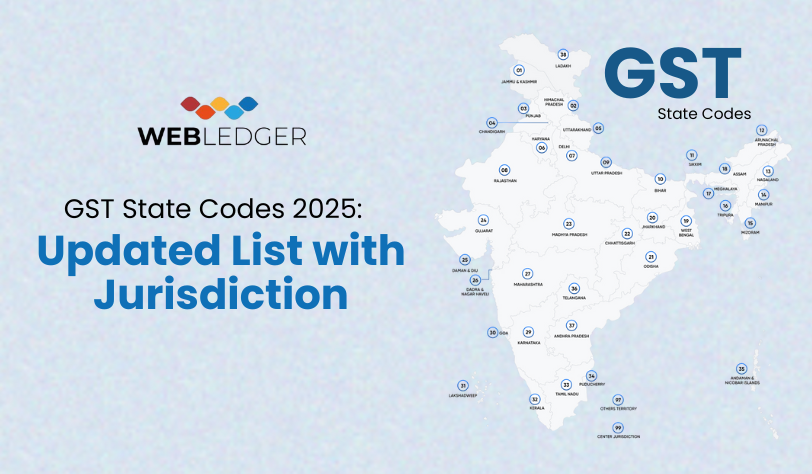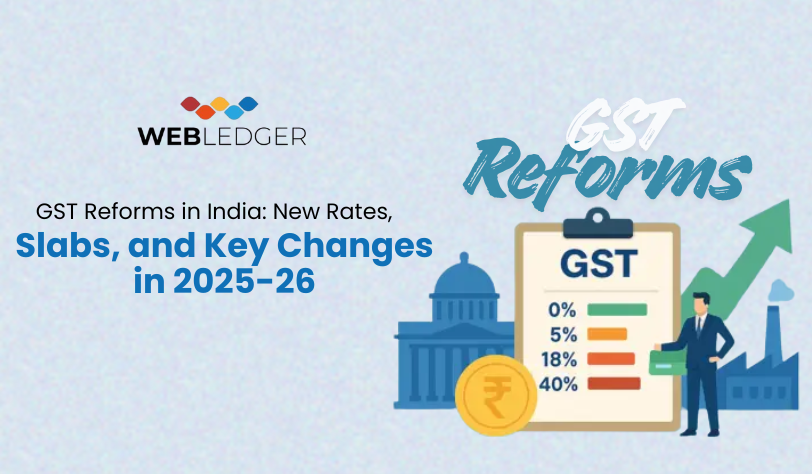Interim Budget 2025 for Indirect and Direct taxation
Part B
Part B of the union budget 2025, released on February 1, 2025, outlines proposed tax changes, split into two sections: indirect and direct taxes. The indirect tax proposals aim to simplify customs duties, support local manufacturing, and provide relief to citizens, especially for medicines and critical minerals. The direct tax reforms focus on making the income tax system easier to understand, reducing the compliance burden, and encouraging people to follow the rules voluntarily. There is a special effort to help the middle class with lower income tax rates and higher income thresholds. Overall, these tax changes aim to boost the economy, promote growth, and make it easier to do business.
Let’s delve into the two different areas of taxation: indirect and direct taxes.
A) Indirect taxation
The government’s customs proposals focus on simplifying tariffs and addressing duty inversion to benefit domestic manufacturing, boost exports, facilitate trade, and relieve ordinary people. The following are the reliefs made in the indirect taxation.
1) Simplifying Customs Tariff Structure
As a part of the comprehensive review of the Customs rate structure announced in the July 2024 Budget, the finance minister (FM) on February 1, 2025, proposed to:
(i) Remove seven tariff rates, leaving eight total, including a ‘zero’ rate.
Better Accounting
Please enter the OTP below to proceed.
(ii) Apply appropriate cess to maintain effective duty rates, with slight reductions on select items.
(iii) Exempt the Social Welfare Surcharge on 82 tariff lines that are subject to a cess.
2) Relief on Drugs/Medicines
To support patients, the FM proposed exempting 36 lifesaving drugs from Basic Customs Duty (BCD) and adding six medicines with a 5% concessional duty. This will also apply to the bulk drugs needed for their manufacture.
3) Support for Domestic Manufacturing
a) Critical Minerals: The finance minister proposed to fully exempt BCD on additional minerals such as cobalt powder and lithium-ion battery scrap to ensure availability for manufacturing and create jobs.
b) Textiles: The finance minister will add two more looms to those fully exempted and revise BCD on knitted fabrics to “20% or ₹115 per kg, whichever is higher.”
c) Electronic Goods: Increase BCD on Interactive Flat Panel Displays (IFPD) from 10% to 20% and exempt BCD on Open Cell parts to boost production.
d) Lithium-Ion Battery: The FM will add 35 capital goods for EV batteries and 28 for mobile phones to the exempted list to enhance domestic production.
e) Shipping Sector: The FM recommended continuing the BCD exemption on ship manufacturing and shipbreaking materials for another ten years to support competitiveness.
f) Telecommunications: The FM proposed reducing BCD from 20% to 10% on carrier-grade Ethernet switches for consistency with Non-carrier-grade switches.
g) Export Promotion: Handicraft Goods The FM proposed extending the export time limit from six months to one year, plus an additional three months if needed, and adding nine duty-free input items.
h).Leather Sector: The FM will entirely exempt BCD on Wet Blue leather and remove the 20% export duty on crust leather to support small tanners.
i). Marine Products: To enhance seafood export competitiveness, the FM proposed reducing BCD on Frozen Fish Paste (Surimi) from 30% to 5% and on fish hydrolysate from 15% to 5%.
j). Domestic MROs for Railway Goods: The finance minister will extend the export time limit for foreign goods imported for repairs from 6 months to one year, with a possible additional extension.
4) Trade Facilitation
Time Limit for Provisional Assessment: The Customs Act 1962 currently lacks a time limit for finalising Provisional Assessments, causing uncertainty and costs for trade. I propose a two-year limit, extendable by one year, to enhance the ease of doing business.
Voluntary Compliance: A new provision will allow importers or exporters to declare material facts and pay duty with interest voluntarily, but without penalties, after goods clearance. This incentive will not apply if an audit or investigation is already initiated.
Extended Time for End Use: To facilitate better planning, I propose extending the time limit for the end-use of imported inputs from six months to one year. Importers will also need to file quarterly statements instead of monthly ones.
B) Direct taxation
The finance minister said that the new Income tax bill will be announced by next week. The finance minister said that the Government is dedicated to listening to the citizens and responding to their needs while working on nation-building. Below are the steps our Government, under PM Modi’s leadership, has taken to understand and meet your concerns. My tax proposals reflect this commitment.
The goals of her proposals included the following:
i) TDS/TCS Rationalization for Easing Difficulties
ii) Reducing Compliance Burden
iii) Ease of Doing Business
iv) Supporting employment and investment
v) Improving Personal Income Tax, especially for the middle class
i) TDS/TCS Rationalisation for Easing Difficulties
The finance minister proposed simplifying Tax Deduction at Source (TDS) by reducing rates and increasing thresholds for tax deductions. The limit for tax deduction on interest for senior citizens will increase from ₹50,000 to ₹1 lakh, while the TDS threshold for rent will rise from ₹2.40 lakh to ₹6 lakh. This aims to benefit small taxpayers.
For Tax Collection at Source (TCS) under the RBI’s Liberalized Remittance Scheme (LRS), the threshold will be raised from ₹7 lakh to ₹10 lakh. TCS will be removed for educational remittances funded by specific loans. Higher TDS provisions will apply only to non-PAN cases.
The finance minister proposed decriminalising delays in TCS payments, aligning it with TDS provisions. To encourage voluntary compliance, the time limit for filing updated returns will extend from two to four years.
ii) Reducing Compliance Burden
The registration period for small charitable trusts will increase from 5 to 10 years, and taxpayers can claim two self-occupied properties without conditions.
iii) Ease of Doing Business
A three-year block period for transfer pricing will be introduced to streamline international transactions and reduce litigation through expanded safe harbour rules. Withdrawals from old National Savings Scheme accounts will be exempt from tax as of August 29, 2024. The digitalisation of processes, including appellate orders, is underway.
The Vivad Se Vishwas Scheme to resolve tax disputes has seen strong participation, with nearly 33,000 taxpayers settling their disputes.
iv) Supporting Employment and Investment
A presumptive taxation regime for non-residents in electronics manufacturing will be introduced to promote investment. The tonnage tax scheme will extend to inland vessels to enhance water transport. Additionally, the incorporation period for start-ups will be extended by five years to support the ecosystem, and specific benefits will be offered to units in the International Financial Services Centre (IFSC).
Summary of Key Proposals:
Tax Regime for Electronics Manufacturing: Introduce a presumptive taxation regime for non-residents servicing electronics manufacturing facilities and a safe harbour for storing components.
Tonnage Tax for Inland Vessels: Extend existing tonnage tax benefits to inland vessels under the Indian Vessels Act 2021 to encourage inland water transport.
Start-Up Incorporation Extension: Extend the incorporation period for start-ups by 5 years, allowing benefits for those incorporated before April 1, 2030.
International Financial Services Centre (IFSC): Offer specific benefits to ship-leasing units and insurance offices in IFSC and extend the cut-off date for commencement to March 31, 2030.
Alternate Investment Funds (AIFs): Provide tax certainty on gains from securities for Category I and II AIFs investing in infrastructure.
Investment Date Extension for Sovereign and Pension Funds: Extend the investment date for Sovereign Wealth and Pension Funds in the infrastructure sector to March 31, 2030.
v) Improving Personal Income Tax, especially for the middle class
Under Prime Minister Modi, the government’s support for the middle class includes significant tax reforms. The ‘Nil tax’ limit has been raised from ₹2.5 lahks to ₹7 lahks since 2014, with a new proposal allowing no income tax on earnings up to ₹12 lakh. This limit will be ₹12.75 lakh for salaried taxpayers due to a standard deduction.
The new income tax slabs will be as follows:
| Income limit (In INR) | Tax rate |
| 0-4 lakh rupees | Nil |
| 4-8 lakh rupees | 5 percent |
| 8-12 lakh rupees | 10 percent |
| 12-16 lakh rupees | 15 percent |
| 16-20 lakh rupees | 20 percent |
| 20- 24 lakh rupees | 25 percent |
| Above 24 lakh rupees | 30 percent |
The new tax structure aims to reduce taxes for the middle class, enhance disposable income, and enhance spending, saving, and investment. Taxpayers up to ₹12 lakh will receive rebates. This rebate will cover their tax liability, and therefore, no tax payment have to be made by them. This results in significant savings for those with higher incomes.
Taxpayers who earn up to ₹12 lakh (not counting special rate income) will get a rebate, meaning they won’t have to pay any tax because of the changes in tax slabs. For example, if a taxpayer has an income of ₹12 lakh, they will save ₹80,000 in tax, the full amount they would have paid under the old rates. A person earning ₹18 lakh will save ₹70,000, which is 30% of their tax under the old rates. Someone with an income of ₹25 lakh will save ₹1,10,000, 25% of their tax under the old rates.
Conclusion
The development measures focus on the main areas, including agricultural productivity, rural prosperity, urban growth, and innovation. Overall, the budget seeks to position India as the fastest-growing economy, emphasising the principle of ‘Sabka Vikas‘ (development for all). Thus, it encourages balanced growth in all regions under the leadership of the Honourable Prime Minister Narendra Modi. It is all aimed for achieving a developed India, or ‘Viksit Bharat’.




